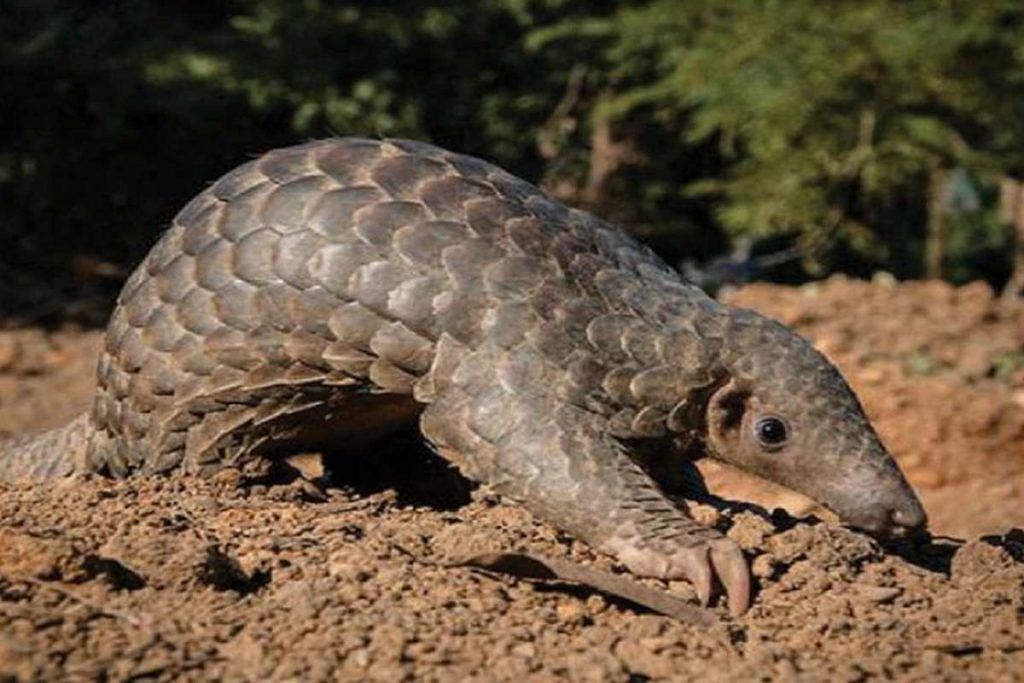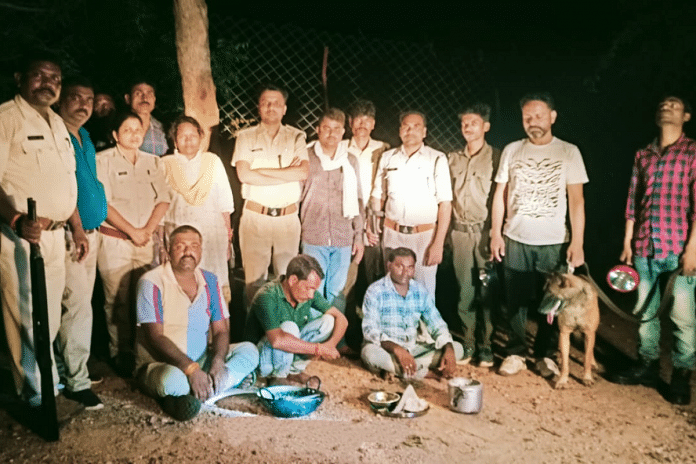Bengaluru: From monitor lizards and pangolins to tigers and cattle, Dr Sandeep Gupta and his team have lab-tested just about every kind of meat there is, submitting more than 3,000 forensic reports over the last two decades or so.
As the nodal officer at the Wildlife Institute of India’s (WII) wildlife forensic and conservation genetics cell in Dehradun, which he has headed for the last three years, Gupta’s job is to test and identify meat seized from poachers, people trading in exotic animals for consumption, and even, occasionally, from cattle slaughter suspects. The lab also accepts private requests to test meat.
The behind-the-scenes process to identify the animal includes blood serum tests and DNA analysis. The time taken can vary from 24 hours to several days in case not enough DNA is available.
When asked about meat suspected to be beef seized by the police, Gupta said more basic tests usually sufficed.
“Generally, at a local level, there are forensic science laboratories that work with the police department. Most such labs are able to identify beef, buffalo, mutton, and other meats that are a cause for dispute among people,” he said.
These labs typically use serological tests (blood serum analysis) to identify the meat, and usually take no more than a day or so. While not every district’s law enforcement has access to such labs, the job may also be outsourced to mobile labs that can perform low-resolution testing.
Unlike high-precision lab analyses, low-resolution tests provide an estimate of a sample’s properties, potentially flagging issues for further investigation, such as confusion between cattle and nilgai, which then would involve Gupta’s lab.
Where the expertise of Gupta and his team really comes into play is in identifying ‘mystery meats’ seized from poachers or wildlife traffickers. In such cases, the team takes a call on what types of tests to run.
Also Read: A Bengaluru group is knee-deep in wastewater—looking for secrets on future diseases
Serological vs DNA tests
For small amounts of meat, such as those related to beef disputes, serological tests “work well”, said Gupta.
Serological tests are essentially antibody tests, where labs look for specific antigens or foreign substances that typically induce a response from the immune system.
An antiserum — a blood serum containing antibodies against specific antigens — is used for such a test. Antigens from the meat are presented to the antiserum and the antibody response identifies the type of meat.
But when there is wild meat or hundreds of kilos of flesh to be identified, DNA tests are the go-to.
These tests are done by extracting and amplifying DNA from a meat sample, and then sequencing it, which then identifies the animal. “DNA tests are the ultimate ones,” Gupta said.
But not all labs are equipped for such sophisticated tests. For the purposes of meat identification, they are typically done in institutes like the WII in Dehradun; the Centre for Cellular and Molecular Biology – the Laboratory for the Conservation of Endangered Species (CCMB, LaCONES) in Hyderabad; and the Zoological Survey of India (ZSI) in Kolkata.
The notified government labs — WII and ZSI — are the only ones that investigate wildlife-related crimes and trafficking, typically through DNA analysis. Although LaCONES is capable, it is not formally approved under a government act, explained Gupta.
“We have dealt with monitor lizards, pangolins, tigers, leopards, blackbuck, chinkara, and more,” he added.
Pangolin carnage, to truth about hatha jodi ‘plant’
Many of the samples that Gupta and his lab tested have been of the Indian pangolin (Manis crassicaudata), a protected species found across the country and often poached and killed for its scales and skin.
“The scales are harvested by boiling live pangolins in water, which is highly unethical and very cruel,” said Gupta.
An adult pangolin yields between 300 and 400 gm of scales, and Gupta has dealt with seizures of up to 337kg of scales. “That means about 800 pangolins were killed,” he said.
In another case, where 90 kg of scales were seized, he estimated at least 250 pangolins had been killed.

Another animal his lab frequently identifies is the monitor lizard (Varanus bengalensis). These are also found across the Indian subcontinent, and are hunted for their meat.
Additionally, male monitors are specifically hunted for their sex organ, which is used to make hatha jodi, which resembles two hands joined in prayer and is supposed to bring fortune to the owner.
“People commonly say that it is a magical root of a plant,” Gupta said. “But whenever we’ve sequenced a hatha jodi, it has always been a monitor lizard’s biological part.”
Suspect mutton to ‘chicken’ ruse
Wildlife forensic labs have a specific focus but they also perform DNA tests for all kinds of cases where DNA is available, including human samples. They also accept private requests to test meat.
“There was one lady who came regularly to me to test ready-to-eat certified mutton that she would purchase,” recalled Gupta. “Mutton is sheep or goat; and those were always the sequences we got for her samples, thankfully.”
On one occasion, Gupta and his team cracked a suspected wildlife crime case by analysing DNA from a wooden chopping block.
In a 2005 paper published in the journal ‘Forensic Science International’, Gupta and his team explained that a forest warden suspected that some people had killed, cooked, and eaten a peafowl.
The seized cooked meat, some innards, and a chopping block were then sent to Gupta’s lab for DNA testing. The cooked meat and innards turned out to be chicken, but the DNA from the chopping block was that of an Indian peafowl, giving the suspects away.
Leaps in meat testing
DNA typing is becoming very common in wildlife preservation, and active steps need to be taken to document wildlife forensic data, explained Gupta.
The technology being used has also grown and improved in sensitivity and accuracy, he said.
Methods of more rapid DNA testing are also witnessing uptake. Last year, for instance, the Gujarat government rolled out the use of LAMP DNA testing to confirm if a meat sample was beef or not within an hour.
These tests use a species-specific marker that can identify a species after DNA amplification without the additional, highly complex step of sequencing.
(Edited by Asavari Singh)
Also read: The enigma inside our heads — scientists unlock new secrets as brain research deepens



